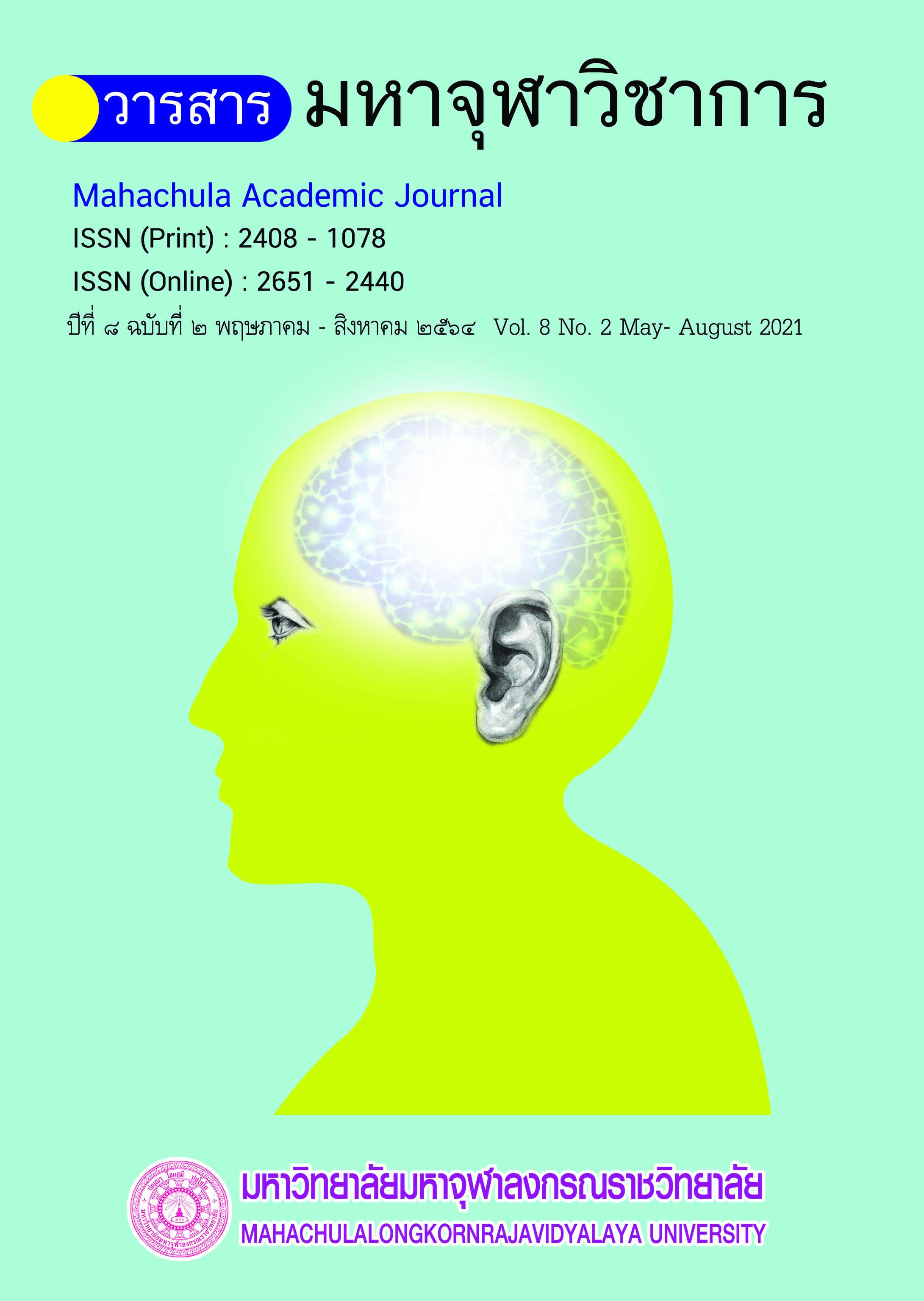The Customer Experience Model of Thailand’s Cosmetic Industry
Main Article Content
Abstract
A study of the customer experience model of the Thailand’s cosmetic industry were a mixed method explanatory research with a quantitative research combined with qualitative research. The objectives of the research were to study the customer experience model of Thailand’s cosmetic industry and factors affecting to the customer experience of Thailand’s cosmetic industry. A questionnaire was used to collect data from the sampling groups of entrepreneurs, executives or managers with marketing strategy roles and responsibilities or managing the brand of the organization in the cosmetic business, totaling 420 samples to analyzing the statistical result by using the analysis of Structural Equation Model (SEM). The results of the quantitative study were also used to create a semi-structured interview tool to verify the model and defined the customer experience model of Thailand’s cosmetic industry.
The results of the study showed that from the analysis of confirmatory factor analysis (CFA), the customer experience factors such as inbound marketing, digital marketing, gamification marketing and brand authenticity are positive influences on brand advocacy, and be able to set the customer experience model of the Thailand's cosmetic industry and has been found the customer experience to be indirectly influenced by other factors.
Article Details
References
วิมลสิริ บุญมานะ. พระเมธาวินัยรส. “แนวทางในการเสริมสร้างจิตสำนึกด้านคุณธรรมจริยธรรมของผู้บริหารสถานศึกษาเชิงพุทธบูรณาการ”. วารสารบัณฑิตศึกษาปริทรรศน์. ปีที่ ๑๓ ฉบับพิเศษ เล่มที่ ๑ (มิถุนายน ๒๕๖๐) : ๑๓๔-๑๔๕.
Allen, D.N. “A Study of the Relationship Service Quality Has on Customer Loyalty”. 10636234 D.B.A. Capella University. [2017].
Bezhovski, Z. “Inbound Marketing-A New Concept in Digital Business. Selth 2015”. International Scientific Conference of the Romanian-German University of Sibiu. [2015].
Brakus, J. J., Schmitt, B. H., & Zarantonello, L. “Brand experience: What is it?. How is it measured? Does it affect loyalty?”. Journal of Marketing, Vol. 73 (2009): 52-68.
Baumann, C., Elliot, G., & Hamin, H. “Modelling customer loyalty in financial services - A hybrid of formative and reflective constructs”. International Journal of Bank Marketing. Vol 9 No. (2011) : 247-267.
Klaus, P., & Maklan, S. “Towards a Better Measure of Customer Experience”. International Journal of Market Research. Vol. 55 No. 2 (2013) : 227-246.
Samuel, M.D. Strategies Retailers Use to Build Brand Loyalty and Improve Customer Experience. 10746775 D.B.A. Walden University. 2018.
Adobe. “Digital Trends for 2016.” [Online]. Available: https://offers.adobe.com/ content/dam/offermanager/en/uk/marketing/wp/Adobe_Econsultancy_Digital_Trends_2016.pdf [05 August 2018].
Blake, I. “What’s the Difference Between Inbound and Digital Marketing?”. [Online]. Available: http://www.squaredot.eu/blog/whats-the-difference-between-inbound-marketing-and-digital- marketing [2015].
Mutyala, S. “The loyalty ladder: A sideways look. Eight Leaves”. [Online]. Available: http://www.eightleavesmedia.com/2010/04/the-loyalty-ladder-a-sideways-look/2010. [3 January 2019].


